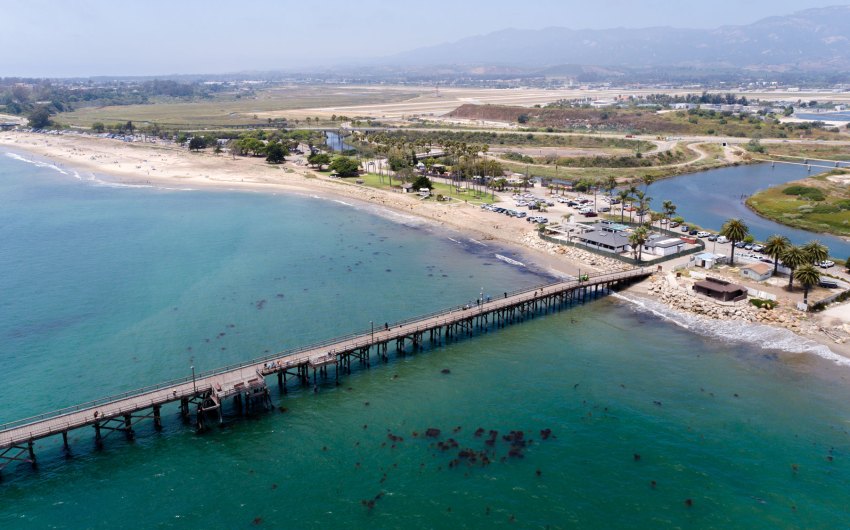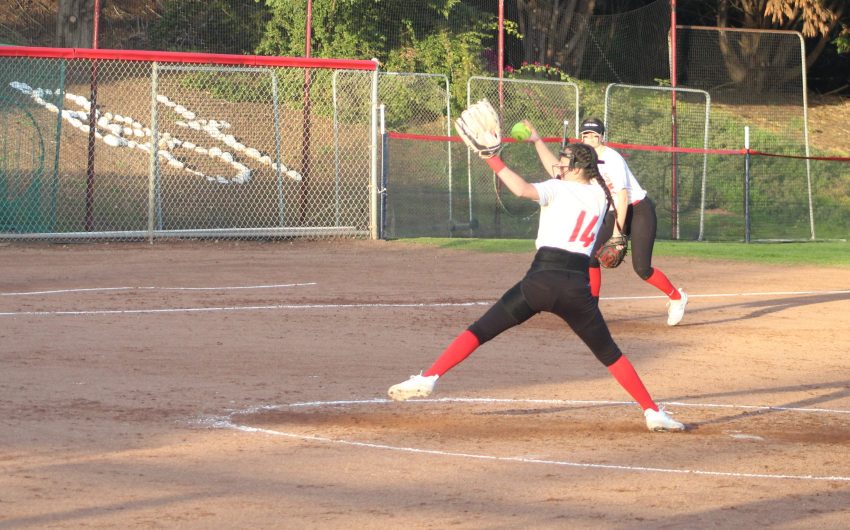Tense with risk, sprinkled with subterfuge, and inspirational in outcome, the mission to produce the first commercially made wine from grapes grown in Iran since the country’s 1979 Islamic revolution follows the arc of a spy novel.
But this quest truly did take place in the fall of 2021, and it was captured scene-by-scene, from its surprise conception to those celebratory first pours, as the subject of a new documentary film. And though stocks of that resulting wine are already dwindling, you can still purchase a $90 bottle of Molana to try a nearly forgotten grape called rasheh grown in the Sardasht hills of northwestern Iran.
“This film was supposed to be a very different movie,” explains Jason Wise, director of Cup of Salvation, which has been playing to sold-out crowds in theaters from Chicago to New York City since last fall and will be released by the streaming service SOMM TV on February 23. Over five years in production, the documentary morphed from a wide-ranging story about how an ancient beverage became available in every corner store to a much tighter profile of Vahe Keushguerian, the winemaker who decided to find and export grapes from Iran to his winery in neighboring Armenia.
Wise was in that country — which, like Iran, Georgia, and other lands that touch the Caucasus Mountains, is also considered a birthplace of wine — to cover an archaeological excavation of what may be the world’s oldest winery, dating back to 4,000 BCE. When he met Keushguerian, whose modern Keush Winery is located near that historic winemaking cave, the two hit it off over multiple bottles of wine.
“He just casually mentioned that we were a mile from the Iranian border,” recalled Wise. “I couldn’t believe it. Iran might as well have been the moon. I couldn’t get over it.”
Wise and his team from SOMM TV — best known for their series of Somm films — followed Keushguerian and his daughter, Aimee Keushguerian, as they made wine in Armenia, some of it along the border with the Republic of Nagorno-Karabakh. This separatist region of ethnic Armenians won independence from Azerbaijan in 1994 as the result of a brutal war that followed the breakup of the Soviet Union.
But since then, Nagorno-Karabakh — or Artsakh, as Armenians prefer to call it — had existed in a limbo state, recognized only by Armenia and threatened constantly by Azerbaijan. I know the region and its wine industry better than most, having spent nearly a month there in 2004 on a reporting trip with war photographer Jonathan Alpeyrie that helped to launch my own wine journalism career. Our trip led to a cover story in this newspaper as well as a long feature for Wine Spectator magazine, which published the following year.
In 2020, with harvest underway and Wise’s cameras rolling, Azerbaijan ignited a new war to reclaim the region, seeking to evict the Armenians whose families had lived there for generations, perhaps even millennia. Azerbaijan’s attacks crept close to the Armenian border, where Keushguerian was forced to harvest grapes as battles raged nearby.
“There is no way to put in words how stressful that filming was,” said Wise. “It was very dangerous. It was a wild process.”

Armenia to Iran
Keushguerian survived, but like Armenians everywhere, he was angry. He was emboldened to do something even riskier: gamble his freedom just to remind people about the history of wine in this corner of the world, including Iran.
He was particularly intrigued that, despite a winemaking culture that even predates the Persian empire, Iran banned all forms of alcohol during the Islamic revolution 45 years ago. Like many Iranian expatriates who fled during that time, Keushguerian worried that Iran’s ancient grape varieties could soon be lost. But actually saving them remained a dream until the struggles of Keushguerian’s own people made him realize that he had little to lose.

“I didn’t go to make a statement,” said Keushguerian, who plotted to use his Armenian passport to enter Iran as a tourist, find the country’s historic wine grape varieties, export them back to his winery as table fruit, and then make wine. “I went there as a winemaker to discover and to give wine lovers one more thing to taste.”
Since commercial wine production hasn’t been allowed under Iran’s Islamic rulers since 1979, Keushguerian first had to play agricultural detective. He started in the capital of Tehran, then found his way back toward Armenia in Iran’s northwest corner, where Kurdish people grow grapes in the hills of Sardasht. “It was a shot in the dark,” admitted Keushguerian. “Where the hell are the vineyards?”
It was also hard to communicate what he needed in wine grapes compared to what these farmers were used to selling as eating grapes. “There’s a disconnect between what we know of wine and what they’re saying,” said Keushguerian. “Look, show me the leaves. The grapes have to be small, and with seeds.”
Once they understood his intentions, the Kurds didn’t seem to care much about the potential rules being broken, and helped Keushguerian find “splotches of vineyard on top of the mountains.” There, at 1,500 meters in elevation, where farmers worked the land with donkeys, Keushguerian found the rasheh grape, an ancient variety that makes a lighter red wine.
“Having these vineyards for thousands of years, the grape varieties have been selected over time to give good results on that land,” said Keushguerian. “I toyed with the idea of making sparkling wine in Iran. It was doable, but that’s seriously illegal.”
Instead, he bought the rasheh grapes, hired a refrigerated truck, and had the grapes driven across the border into Armenia right to his winery. With his daughter, Aimee, he crafted Molana, whose label touts “Iranian Winemaking in Exile.” Especially given the challenges, the wine is remarkable: lightly bodied yet engaging with acidity and texture, offering crisp red fruit and delicate spice notes.
Despite the international intrigue, the tensest part of the film might be when Vahe and Aimee show their wine to sommeliers and winemakers in New York and California. “That’s the only time Vahe gets nervous in the whole movie,” laughed Wise. “He went through a war, then he goes into Iran — maybe he didn’t break Islamic laws by transporting fruit, but he duped the government; that’s scary. But he’s shaking in his boots when it’s time to have someone taste the wine. That’s when you know this dude is an artist.”
True Terroir
The story’s heart, however, is when bottles of Molana reach Moe Momtazi, who fled Iran during the 1979 revolution with his pregnant wife. Today, he owns Maysara Winery in Oregon’s Willamette Valley, where he makes biodynamic pinot noir with his wife and three daughters.
“You can smell the dust,” he tells his daughter, who surprised him with a bottle on camera. “I can smell the place,” Momtazi continues, with tears welling in his eyes. “I’m serious.”
For Wise, who considers Cup of Salvation his best film to date, this is the true power of wine. “It’s about land that matters to people because people are from it,” he explained. “When you can use wine as a proxy for the idea of missing a place, that, in my opinion, is what terroir really is.”

This message is even more poignant now for the Keushguerians, as Azerbaijan reclaimed Nagorno-Karabakh after brief skirmishes in September 2023, forcing more than 100,000 ethnic Armenians to evacuate. On January 1, 2024, via terms of the cease-fire, the nearly 30-year-old republic was wiped off the map, as were the handful of wineries and vineyards that operated there.
Keushguerian doesn’t know whether he will ever be able to taste wines from those mountains again, but he’s investing in his homeland’s winemaking future, even developing a cooperative vineyard of grape varieties from Nagorno-Karabakh for those displaced winemakers to start anew in Armenia.
“Armenia is on a good trajectory,” he said. “It’s not a household name yet, but now we are able to attract people who are excited about the narrative of it.”
See sommfilms.com/cup-of-salvation for more on the film. Purchase the Iranian and Armenian wines via storicawines.com. Learn more about the Keushguerians at keush.com.



